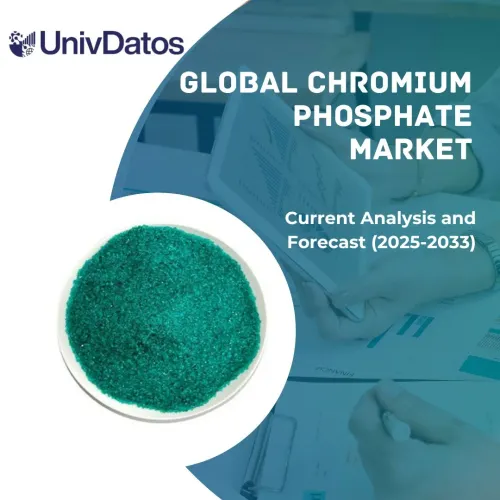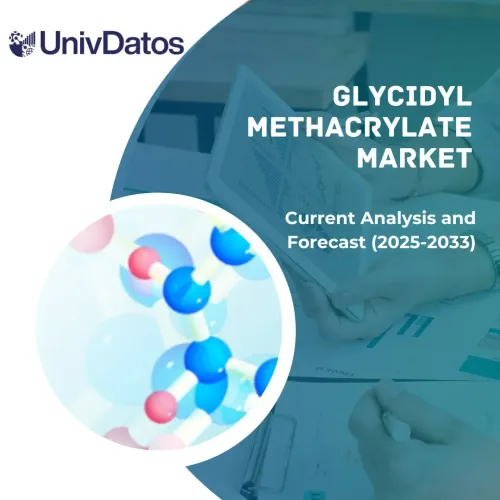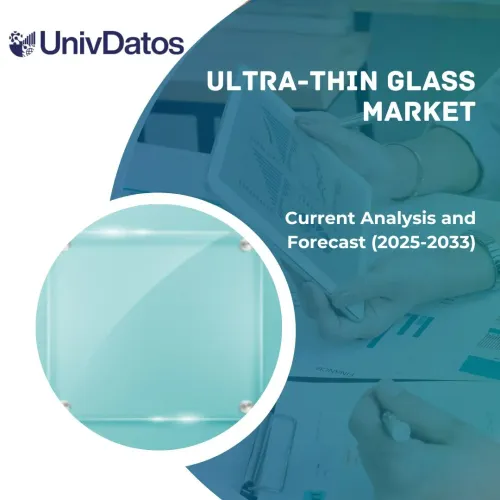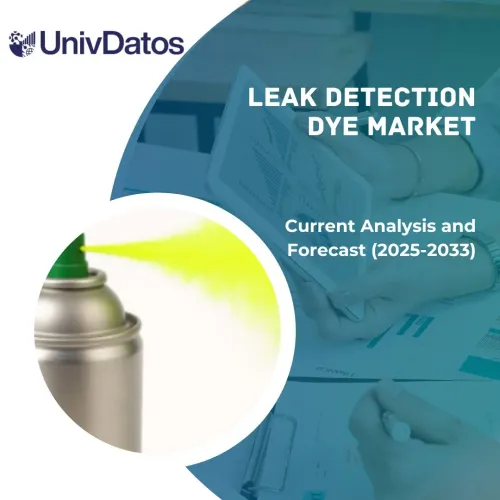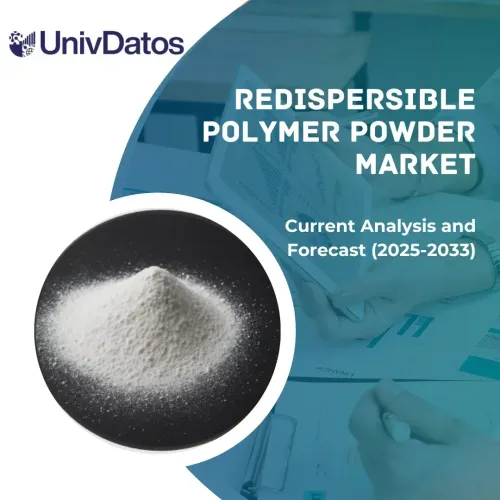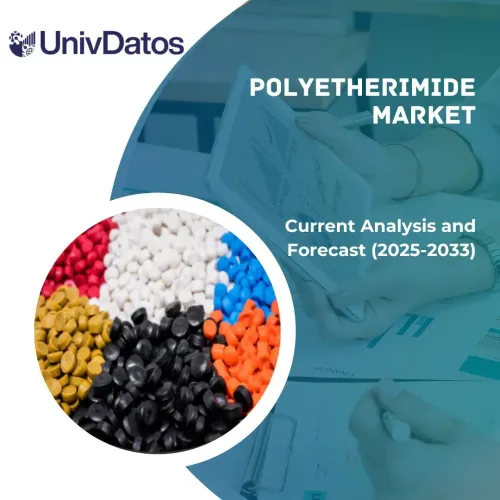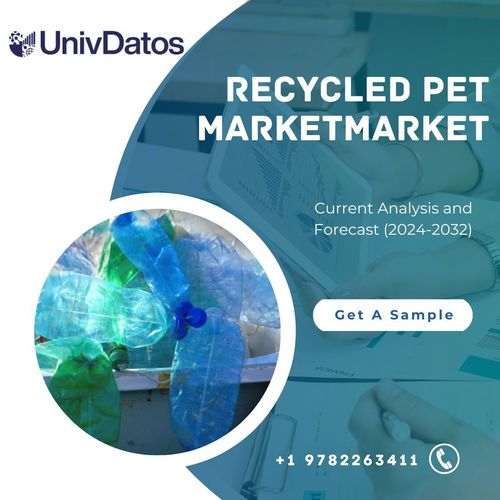- Home
- About Us
- Industry
- Services
- Reading
- Contact Us
Perforated Mulch Sheet Market: Current Analysis and Forecast (2025-2033)
Emphasis On Material Type (Plastics and Biodegradable), By Application (Crop Protection, Water Conservation, Weed Control, and Soil Temperature Regulation), By End-Use (Agriculture, Horticulture, and Others), and Region/Country
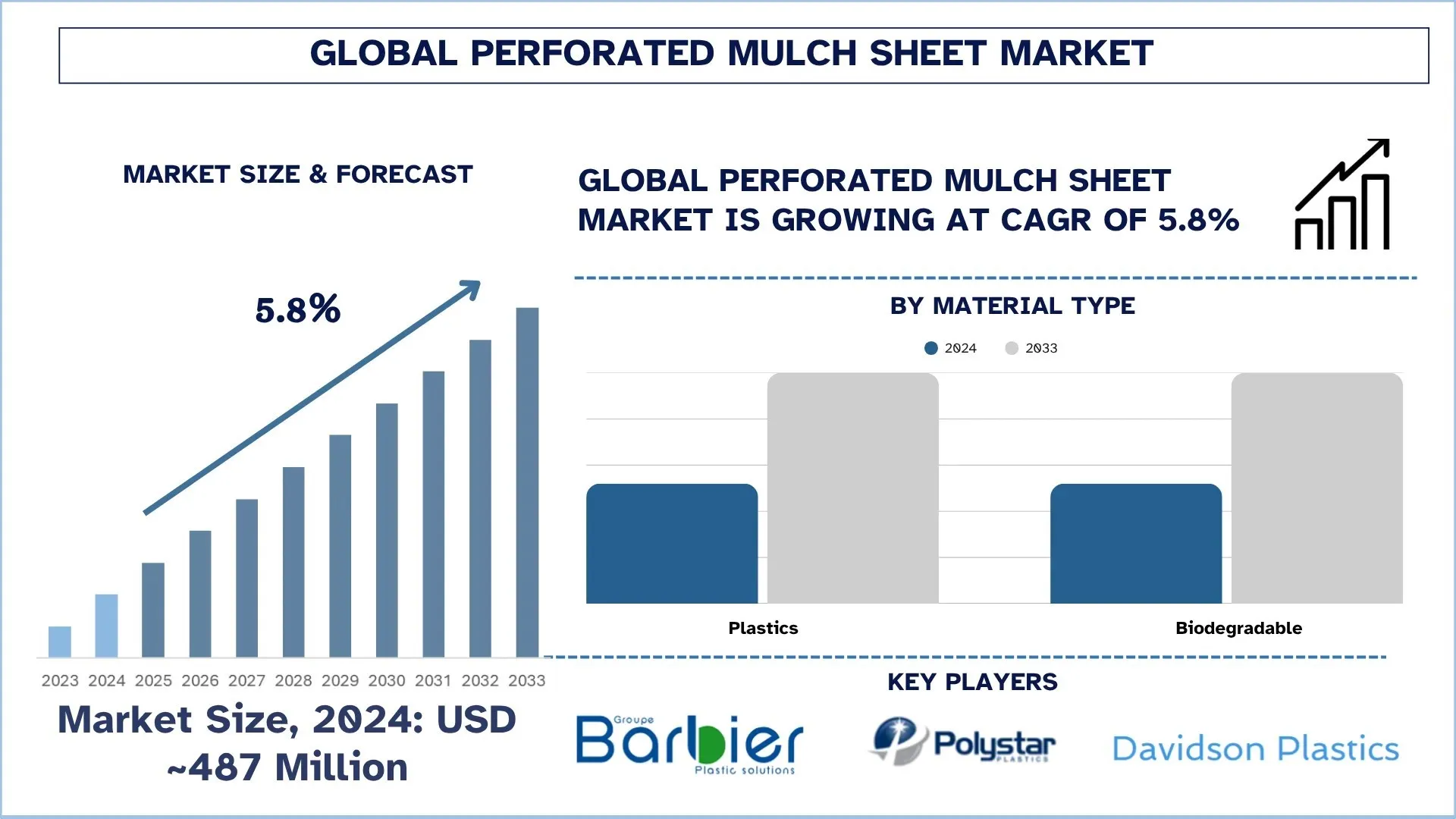
Global Perforated Mulch Sheet Market Size & Forecast
The global Perforated Mulch Sheet Market was valued at USD 487 million in 2024 and is expected to grow to a strong CAGR of around 5.8% during the forecast period (2025-2033F), owing to the rising focus on improving sustainable farming techniques across the globe.
Perforated Mulch Sheet Market Analysis
The Perforated Mulch Sheet Market is currently undergoing a major transformation, with all sectors and facets of engineering entering this domain, agriculture-wise, through sustainable agriculture and smart farming. Since resilience against climate change and efficiency of resources have become focal points for agriculture in days of yore, perforated mulch sheets are now abuzz for their benefits of moisture conservation, weed control, and soil temperature regulation. With a host of breakthroughs in biodegradable materials and precision perforation techniques, the product is becoming worthy of increased consideration in diverse geographies. Lately, agriculture went into data mode itself, and it was only a matter of time before some of this data would be harvested to come up with smart mulch sheets with sensors to monitor soil conditions through AI; that trend, albeit nascent, is rapidly growing. This, in another way, allows enhanced monitoring of crop health and tailors irrigation measures, primarily applied to high-value horticulture.
Global Perforated Mulch Sheet Market Trends
This section discusses the key market trends that are influencing the various segments of the global Perforated Mulch Sheet market, as found by our team of research experts.
Biodegradable Mulch Sheets Gaining Popularity:
The increased concern about the environment and plastic pollution accelerated the conversion toward biodegradable mulch sheets in agriculture. While plastic mulches remain efficient, they pose serious disposal and environmental complications due to microplastic residues in the soil. The biodegradable counterparts, usually made of polylactic acid (PLA), starch blends, or some other type of compostable biopolymers, stand as a sustainable alternative that ensures no compromise is made to their performance. After settling for one cultivation cycle, these sheets get decomposed naturally, so they do not require any removal or disposal. This ensures savings in labor costs and reduces the carbon footprint. Driven by increasing governmental regulations placed on conventional plastics, especially across Europe and somewhat in Asia, the market for green codes of professional application is rocketing. Therefore, farmers, mainly those involved in organic or sustainable farming, would like to purchase such environmentally friendly solutions, which ought to conform to certification requirements. Prices are predicted to fall with advancing R&D, further fueling their widespread acceptance.
Perforated Mulch Sheet Industry Segmentation:
This section provides an analysis of the key trends in each segment of the global Perforated Mulch Sheet market report, along with forecasts at the global, regional, and country levels for 2025-2033.
The Plastics Category has shown promising growth in the Perforated Mulch Sheet Market.
Based on Material Type, the global perforated mulch sheet market is bifurcated into plastics and biodegradable. Of these plastics category has held a sizeable market share. Some of the factors attributed to the higher demand for plastics are their long-lasting life as well as being better suited for multiple uses due to a lesser effect on the material due to water, air, and temperature in long long-exposed environment. However, with the rising focus on sustainability as well as the impact of plastic on soil health in the long term, many farmers across the globe are demanding biodegradable sheets that are recyclable and are biodegradable and easy on the environment. Considering these factors, the biodegradable segment is exhibiting remarkable market growth, which would help it to extend its market share.
Crop Protection Category Dominates the Perforated Mulch Sheet Market.
Based on applications, the market is segmented into crop protection, water conservation, weed control, and soil temperature regulation. This crop protection segment has held a sizeable market share. With the incessant need to reduce the damage from environmental factors to the crops, a wide number of farmers across the globe are opting for the perforated mulch film that regulates the soil moisture and temperature, also offering support to the smaller plants. In line with this, the demand for the perforated mulch film for the crop protection application has held a sizeable market share.
Agriculture Category Dominates the Perforated Mulch Sheet Market.
Based on end-use, the Perforated Mulch Sheet market has been segmented into agriculture, horticulture, and others. Of these, the agriculture category has held a significant market share. As agriculture holds a high share due to the need to protect various staple crops, and the larger size of the cultivated area. The particular category has exhibited a remarkable market size across the globe.
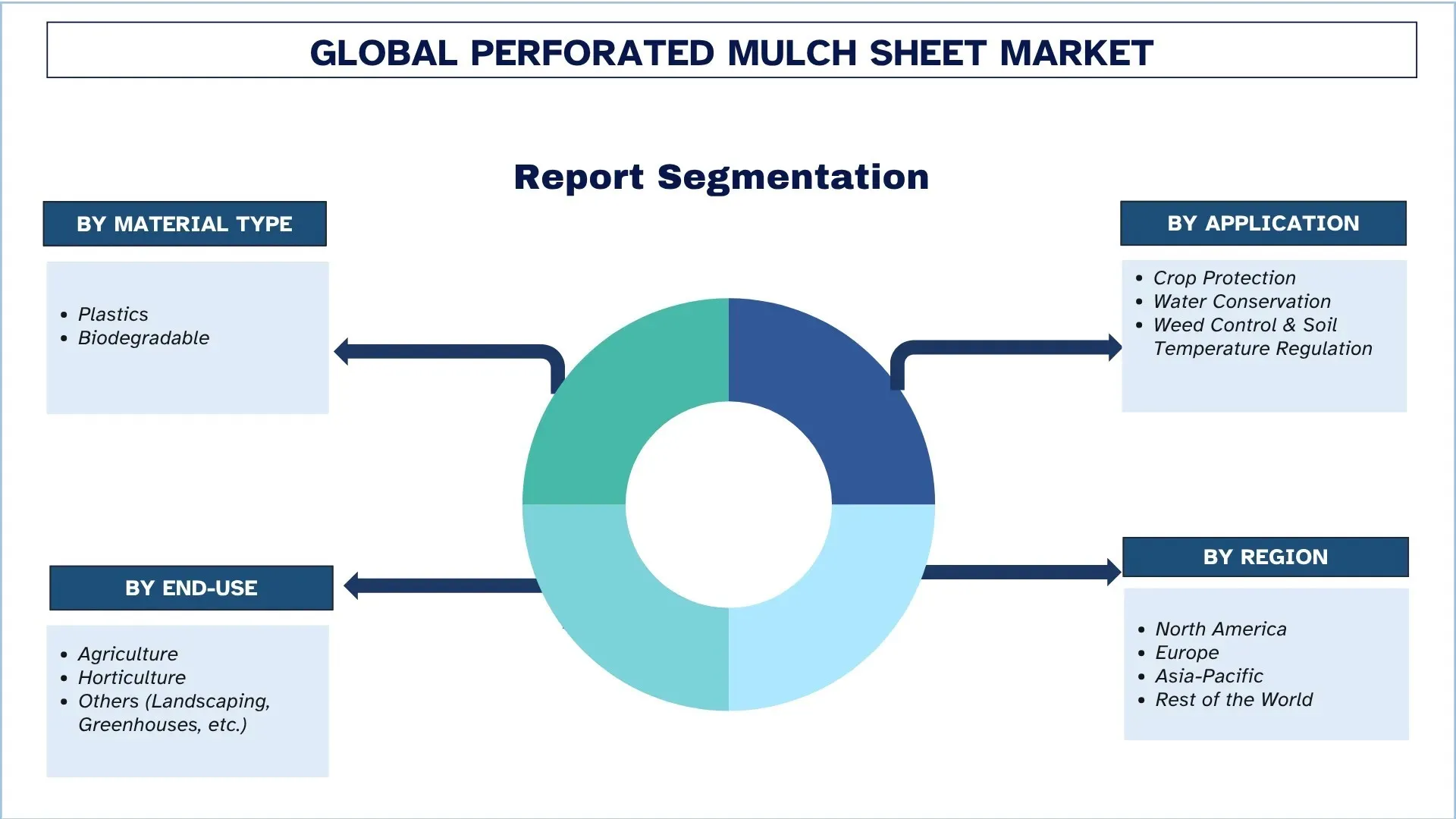
Asia-Pacific is expected to grow at a considerable rate during the forecast period.
The Asia-Pacific perforated mulch sheet market has been thriving due to the increasing attention given to modern agricultural practices in this region. Before going further, it must be mentioned here that perforated mulch sheets find use in a myriad of cropping systems, for enhancing soil fertility, weed control, and crop yields. As opposed to solid mulch films, the perforated mulch sheets allow for better aeration and moisture penetration, which is paramount considering the varied climatic conditions across the regions.
In countries like China, India, Japan, and Southeast Asian nations, the use of perforated mulch sheets is being actively promoted for increasing efficiency in open-field farming and protected cultivation. The effectiveness of these sheets is sometimes felt most sharply in vegetable and fruit farming, where controlled soil situations may seriously influence the quality and quantity of crops.
As the environment gets affected and the irrigation costs soar, there is also a shift toward materials that maximize water use while minimizing chemical weed control. Farmers tend to favor biodegradable and environmentally friendly perforated mulch sheets under the growing trend of sustainable farming.
Further contributing to the growth of the market is increased government support for precision farming and improved access to affordable agricultural inputs. As small to mid-sized farms in Asia-Pacific continue exploring the possibilities presented by perforated mulch sheets, their rise in adoption rate is expected to increase steadily.
China Held a sizeable share of the Asia-Pacific Perforated Mulch Sheet market in 2024.
With vast agricultural lands undergoing rapid growth, the Chinese perforated mulch sheet market is getting buoyed by large-scale agriculture and increasing demand for efficient yet sustainable farms. The sheets are applied in vegetable and fruit farming where they suppress weed growth, conserve soil moisture, and improve crop quality. The perforated design enhances air and water exchange, making these sheets very suitable for China's climate. The environmentally friendly nature of farming also generates great interest in biodegradable mulch. Producers from within China manufacture a wide range of sheets customizable to the requirements of individual farms. With more modern farming techniques being employed, perforated mulch sheets are growing indispensable in Chinese agriculture.
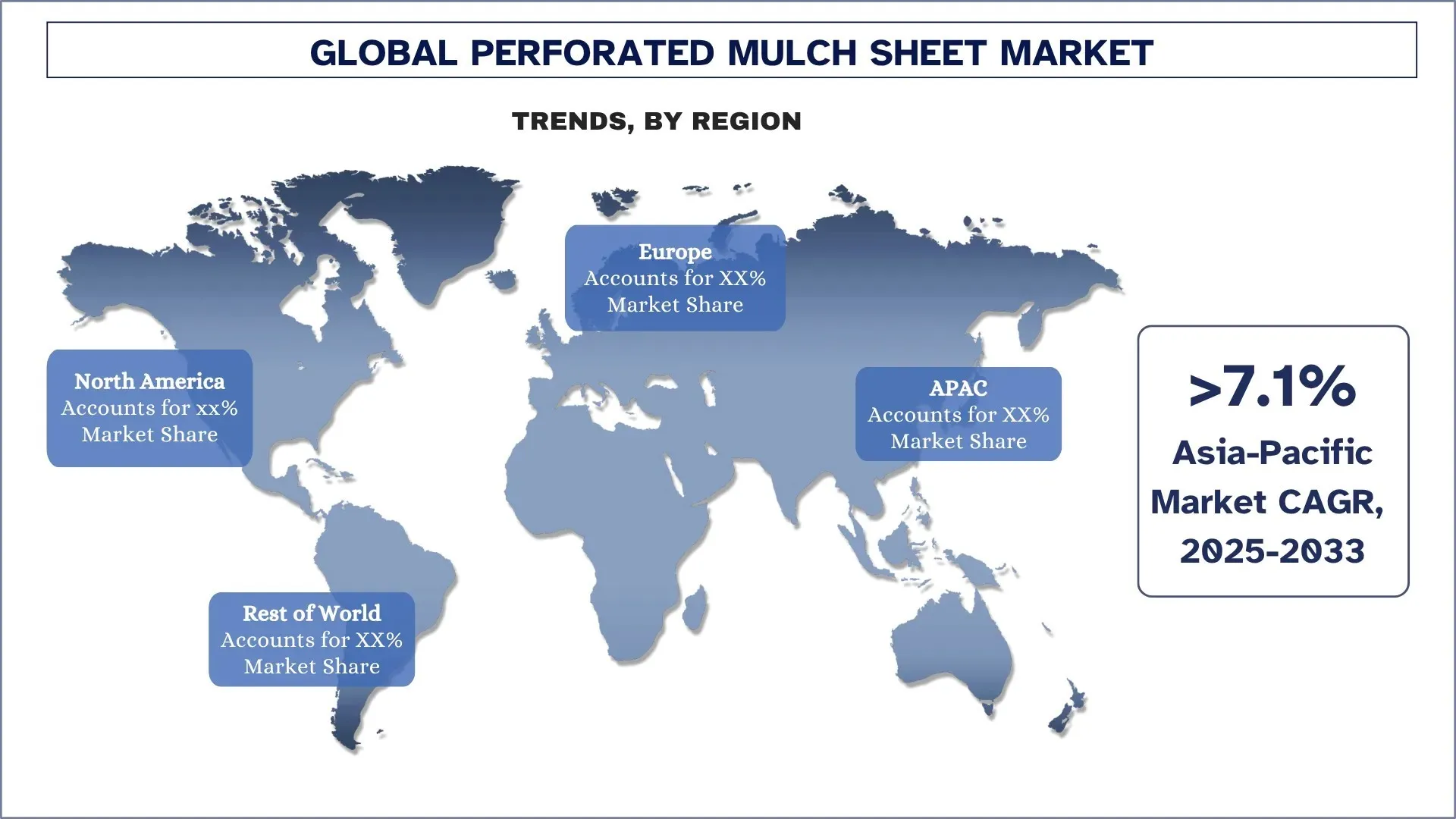
Perforated Mulch Sheet Industry Competitive Landscape:
The global Perforated Mulch Sheet market is competitive, with several global and international market players. The key players are adopting different growth strategies to enhance their market presence, such as partnerships, agreements, collaborations, new product launches, geographical expansions, and mergers and acquisitions.
Top Perforated Mulch Sheet Companies
Some of the major players in the market are Tenax Corporation, Barbier Group, GEROVIT, Polystar Plastics Ltd, HANPAK VIETNAM, Siddhi Agritech, Davidson Plastics, Kaveri Agri Products, Ginger Plastic Products Ltd, and HENAN PEIHUA COMMERCIAL CO., LTD.
Recent Developments in the Perforated Mulch Sheet Market
According to the World Bank, around 70% of all the groundwater is used for agricultural purposes, which can be significantly dealt with by the usage of a mulch sheet, retaining the water in the soil as well as offering a better growth condition for the plants.
Additionally, with the unpredictable weather conditions across the globe the greenhouse farming has exponentially grown. The Netherlands, one of the leading countries in sustainable crop cultivation, stated that its total cultivation area for the four primary greenhouse vegetables: tomatoes, peppers, cucumbers, and aubergines, was a total of 4.1 thousand hectares in 2023.
Global Perforated Mulch Sheet Market Report Coverage
Report Attribute | Details |
Base year | 2024 |
Forecast period | 2025-2033 |
Growth momentum | Accelerate at a CAGR of 5.8% |
Market size 2024 | USD 487 Million |
Regional analysis | North America, Europe, APAC, Rest of the World |
Major contributing region | Asia-Pacific is expected to dominate the market during the forecast period. |
Key countries covered | U.S., Canada, Germany, U.K., Spain, Italy, France, China, Japan, South Korea, and India |
Companies profiled | Tenax Corporation, Barbier Group, GEROVIT, Polystar Plastics Ltd, HANPAK VIETNAM, Siddhi Agritech, Davidson Plastics, Kaveri Agri Products, Ginger Plastic Products Ltd, and HENAN PEIHUA COMMERCIAL CO., LTD. |
Report Scope | Market Trends, Drivers, and Restraints; Revenue Estimation and Forecast; Segmentation Analysis; Demand and Supply Side Analysis; Competitive Landscape; Company Profiling |
Segments Covered | By Material Type, By Application, By End-Use, By Region/Country |
Reasons to Buy the Perforated Mulch Sheet Market Report:
The study includes market sizing and forecasting analysis confirmed by authenticated key industry experts.
The report briefly reviews overall industry performance at a glance.
The report covers an in-depth analysis of prominent industry peers, primarily focusing on key business financials, type portfolios, expansion strategies, and recent developments.
Detailed examination of drivers, restraints, key trends, and opportunities prevailing in the industry.
The study comprehensively covers the market across different segments.
Deep dive regional-level analysis of the industry.
Customization Options:
The global Perforated Mulch Sheet Market can further be customized as per the requirements or any other market segment. Besides this, UnivDatos understands that you may have your own business needs; hence, feel free to contact us to get a report that completely suits your requirements.
Table of Content
Research Methodology for the Global Perforated Mulch Sheet Market Analysis (2023-2033)
We analyzed the historical market, estimated the current market, and forecasted the future market of the global Perforated Mulch Sheet market to assess its application in major regions worldwide. We conducted exhaustive secondary research to gather historical market data and estimate the current market size. To validate these insights, we carefully reviewed numerous findings and assumptions. Additionally, we conducted in-depth primary interviews with industry experts across the Perforated Mulch Sheet value chain. After validating market figures through these interviews, we used both top-down and bottom-up approaches to forecast the overall market size. We then employed market breakdown and data triangulation methods to estimate and analyze the market size of industry segments and sub-segments.
Market Engineering
We employed the data triangulation technique to finalize the overall market estimation and derive precise statistical numbers for each segment and sub-segment of the global Perforated Mulch Sheet market. We split the data into several segments and sub-segments by analyzing various parameters and trends, by material type, by application, by end-use, and by regions within the global Perforated Mulch Sheet market.
The Main Objective of the Global Perforated Mulch Sheet Market Study
The study identifies current and future trends in the global Perforated Mulch Sheet market, providing strategic insights for investors. It highlights regional market attractiveness, enabling industry participants to tap into untapped markets and gain a first-mover advantage. Other quantitative goals of the studies include:
Market Size Analysis: Assess the current forecast and market size of the global Perforated Mulch Sheet market and its segments in terms of value (USD).
Perforated Mulch Sheet Market Segmentation: Segments in the study include areas by material type, by application, by end-use, and by
Regulatory Framework & Value Chain Analysis: Examine the regulatory framework, value chain, customer behavior, and competitive landscape of the Perforated Mulch Sheet industry.
Regional Analysis: Conduct a detailed regional analysis for key areas such as Asia Pacific, Europe, North America, and the Rest of the World.
Company Profiles & Growth Strategies: Company profiles of the Perforated Mulch Sheet market and the growth strategies adopted by the market players to sustain in the fast-growing market.
Frequently Asked Questions FAQs
Q1: What is the global Perforated Mulch Sheet market’s current market size and growth potential?
The global Perforated Mulch Sheet Market was valued at USD 487 million in 2024 and is expected to grow at a CAGR of 5.8% during the forecast period (2025-2033).
Q2: Which segment has the largest share of the global Perforated Mulch Sheet market by Material Type?
The Plastics segment led the market in 2024. Some of the factors attributed to the higher demand for plastics are their long-lasting life as well as being better suited for multiple use due to a lesser effect on the material due to water, air, and temperature in long long-exposed environment.
Q3: What are the driving factors for the growth of the global Perforated Mulch Sheet market?
• Rising Horticulture and Greenhouse Cultivation: The global demand for these crops, which are generally high-value crops such as fruits, vegetables, and ornamental plants, is the driving force for the development of horticulture and greenhouse agriculture. Conversely, perforated mulch films are being favored in these zones as there exists intensive care in regulating soil temperature and keeping water, while their permeability to air and water consists of vital attributes in intensive farming.
• Government Support and Subsidies: Public sector initiatives remain central to promote wider adoption of perforated mulch films, especially in emerging nation economies. Governments have been largely active in promoting sustainable agriculture through subsidies, grants, and incentives that target soil rehabilitation and water conservation. One of the provisions of their support may constitute funds directly channeled toward mulching material procurement, especially in those susceptible to incidences of drought and soil erosion.
Q4: What are the emerging technologies and trends in the global Perforated Mulch Sheet market?
• Biodegradable Mulch Sheets Gaining Popularity: The increased concern about the environment and plastic pollution has accelerated the conversion toward biodegradable mulch sheets in agriculture. While plastic mulches remain efficient, they pose serious disposal and environmental complications due to microplastic residues in the soil.
• Advancements in Perforation Technology: Advancements in perforation technologies are still contributing hugely to the utility of mulch sheets, which have thereby grown more effective and crop-specific. The past film mulch, based on older technologies, more often than not had irregular perforations and thus were lacking in air or water permeability, or were conducive to occasional plant growth.
Q5: What are the key challenges in the global Perforated Mulch Sheet market?
• Environmental Concerns with Plastic Waste: One of the most pressing challenges in the global perforated mulch sheet market is the environmental impact of plastic waste. Traditional mulch films, often made from non-biodegradable polyethylene, contribute to long-term soil contamination and microplastic accumulation. Improper disposal or burning of used sheets leads to pollution and health hazards, especially in rural farming communities.
• High Cost of Advanced/Biodegradable Sheets: Although biodegradable and eco-friendly mulch sheets offer a sustainable alternative, their high production costs remain a major barrier to widespread adoption. Materials such as polylactic acid (PLA), starch-based polymers, and other compostable blends are more expensive to source and process compared to conventional plastics. This cost differential is especially burdensome for small and medium-scale farmers in price-sensitive markets.
Q6: Which region dominates the global Perforated Mulch Sheet market?
The Asia-Pacific region dominates the global Perforated Mulch Sheet market due to the high investment in sustainable farming techniques.
Q7: Who are the key players in the global Perforated Mulch Sheet market?
Some of the top Perforated Mulch Sheet companies include:
• Tenax Corporation
• Barbier Group
• GEROVIT
• Polystar Plastics Ltd
• HANPAK VIETNAM
• Siddhi Agritech
• Davidson Plastics
• Kaveri Agri Products
• Ginger Plastic Products Ltd
• HENAN PEIHUA COMMERCIAL CO., LTD
Q8: What are the potential collaboration or partnership opportunities within the perforated mulch sheet value chain?
Companies can partner with agri-cooperatives, greenhouse operators, and research institutions to expand reach, co-develop region-specific films, and improve adoption through localized solutions.
Q9: How can digital technologies enhance the adoption and performance monitoring of perforated mulch sheets?
Digital tools like sensors and farm management apps help monitor soil conditions, guide film usage, and improve efficiency, making it easier for farmers to adopt and benefit from mulch films.
Related Reports
Customers who bought this item also bought

